Demand for cars to boom in 2020: MoIT forecast
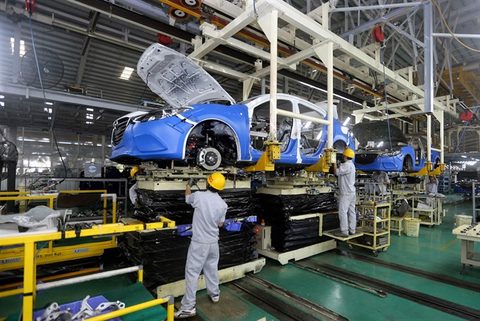 |
| Mazda cars assembled at Vina Mazda factory in the central province of Quang Nam’s Tam Hiep Industrial Zone. - VNA/VNS Photo Danh Lam |
At the seminar, in the presence of Government officials and representatives of the Vietnam Automobile Manufacturers’ Association (VAMA) and 200 businesses, MoIT said domestic auto demand could reach more than 600,000 units a year by 2025. At this scale, the market would be able to attract resources for sustainable development.
Meeting the market demand, especially for cars with up to nine seats, would help the country reduce its import turnover by $3-7 billion in 2025, and about $5-12 billion in 2030, contributing to the balance of trade and macroeconomic stability, said the ministry.
Deputy Minister Do Thang Hai said the industry had achieved remarkable results with total assembling and manufacturing capacity of 460,000 vehicles per year, including light trucks and passenger cars, meeting the goals it set. The industry had contributed trillions of dong to the State budget per year and generated hundreds of thousands of jobs.
"However, localisation rates [the percentage of locally-made components used to assemble a car] are still low. The part suppliers’ production does not meet the automobile manufacturers’ demand,” said Hai. "The auxiliary industries have not yet formed networks of large-scale auto part and material suppliers and there is no connection among automakers and local part suppliers," said Hai.
In the context of globalisation, the local automobile industry is facing many opportunities and advantages, but also difficulties and fierce competition. Starting next year, the import tariff on vehicles from ASEAN states will be zeroed out if the localisation rate reaches 40 per cent or higher.
President of VAMA Toru Kinoshita said policies need to focus on maintaining the market’s stable growth, reduce the imbalance of production costs between locally-assembled vehicles and imported ones in line with Viet Nam’s international commitments, and promoting development of part suppliers such as training programmes and preferential investment policies.
Market capacity and production output will be crucial factors in the success of the auto industry, said Toru Kinoshita.
“To promote the development of supporting industries, thereby increasing the localisation ratio, the ministry will encourage businesses to invest in large-scale electric vehicles for local demand and export,” said Hai.
What the stars mean:
★ Poor ★ ★ Promising ★★★ Good ★★★★ Very good ★★★★★ Exceptional
Latest News
More News
- Wide-ranging agreement opens up more diverse trade channels (April 03, 2024 | 09:21)
- Lessons in wealth management and suitable directions for Vietnam (April 01, 2024 | 09:14)
- Logistic predictions in 2024 (March 29, 2024 | 09:31)
- Concerted effort to capitalise on investment trends (March 27, 2024 | 15:00)
- Vietnam’s retail market takes on much-needed green journey (March 20, 2024 | 10:02)
- Vietnamese economy proceeding as predicted: experts (March 19, 2024 | 14:59)
- Manufacturing trends to watch to help respond dynamically to the market (March 19, 2024 | 10:28)
- SMEs should improve capacity to lure venture capital: economists (March 18, 2024 | 15:59)
- Expanded land use rights expected to attract OV investment in real estate (March 15, 2024 | 09:17)
- ASL Law awarded top honours by industry (March 12, 2024 | 17:14)





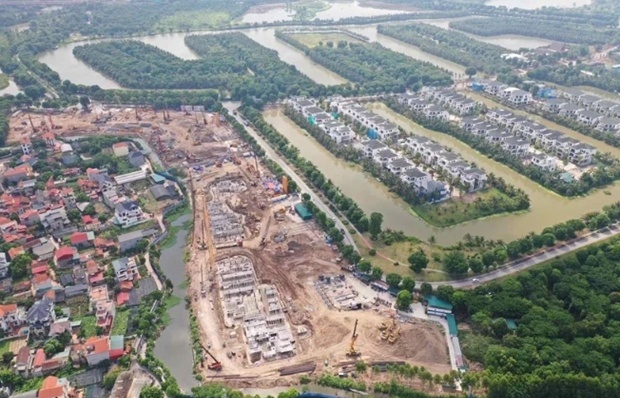



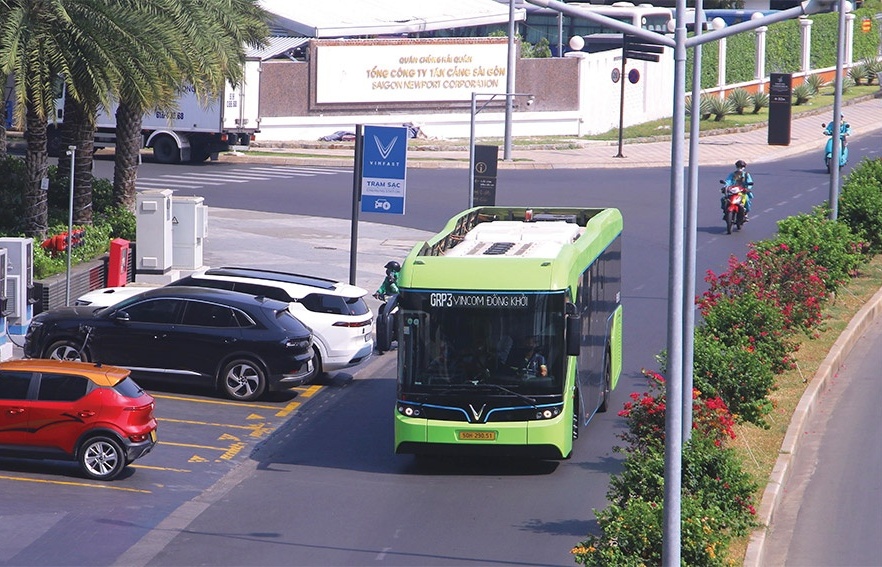
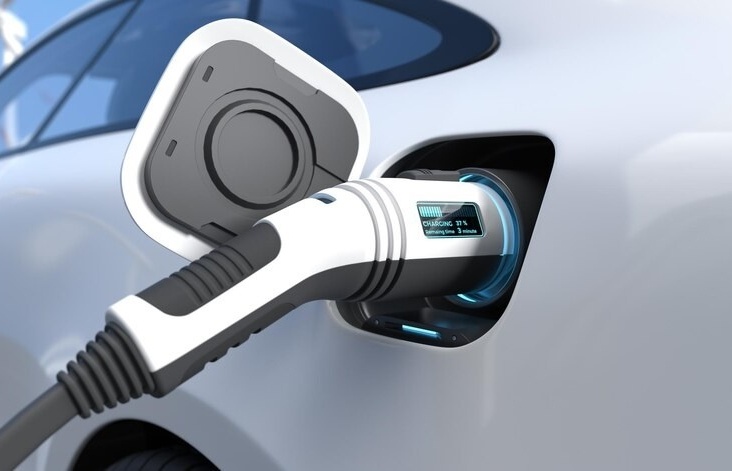

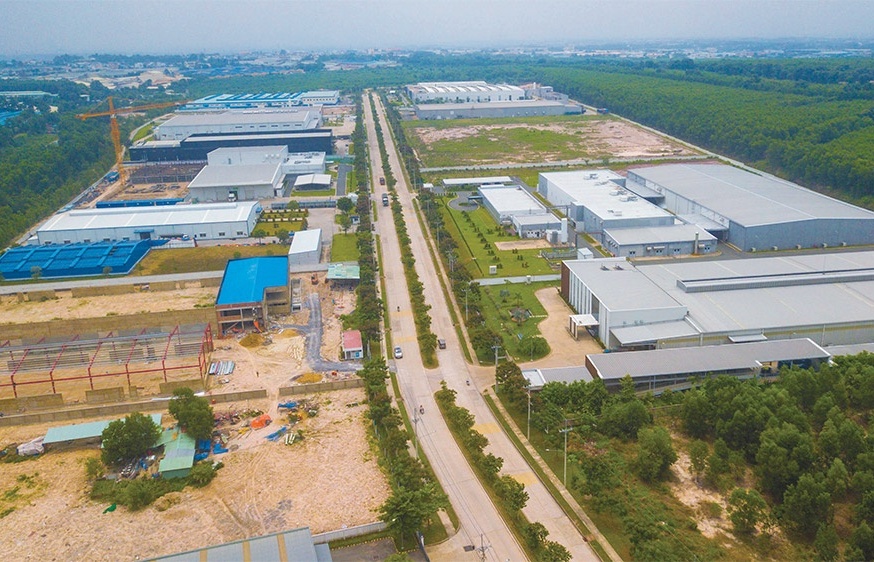



 Mobile Version
Mobile Version